MitraClip: Transcatheter Edge-to-Edge Repair (TEER) for Mitral Regurgitation
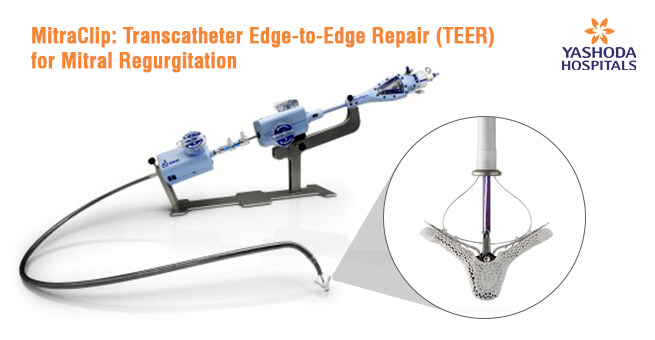
Patient Profile
An 86-year-old female was admitted to our institution presenting with severe mitral regurgitation. Due to her high risk for conventional cardiac surgery, the medical team opted for a transcatheter edge-to-edge repair (TEER) procedure employing MitraClip as the treatment approach. This inaugural case study marked a significant milestone in our medical practice, prompting meticulous planning and implementation for its successful execution.
Understanding Mitral Regurgitation
Mitral regurgitation, commonly referred to as a leaky valve, is a prevalent cardiac condition primarily affecting the mitral valve, one of the heart’s vital valves. Its severity can vary from moderate to severe, with approximately ten percent of individuals aged 75 or older being affected. Cardiologists perform a series of diagnostic evaluations to confirm the presence of mitral regurgitation, analyzing cardiac performance, heart condition, and the mitral valve.
Diagnostic procedures like chest radiography and ultrasound help assess heart dimensions, morphology, and pulmonary function. Symptoms such as shortness of breath or fatigue, along with an evaluation for other associated cardiac conditions, aid in identifying mitral regurgitation.
Pre-procedural Evaluation and Patient Selection
A specialized cardiac team consisting of clinical and interventional cardiologists conducts a thorough examination as part of the evaluation process. This assessment involves a comprehensive review of the patient’s medical history and various diagnostic examinations. When determining eligibility for MitraClip therapy as an alternative to open-heart surgery, multiple factors are considered, including the patient’s age, overall health, and cardiac condition.
The patient engages in a detailed discussion with the attending physician to address any potential challenges associated with the MitraClip surgical procedure. Additionally, the cardiac structure is carefully evaluated to assess the anatomical suitability for successful implantation of the medical device.
MitraClip Procedure: A Minimally Invasive Intervention
The MitraClip procedure is a minimally invasive intervention specifically designed to address malfunctioning of the mitral valve. Medical practitioners utilize a thin tube, known as a catheter, to access the mitral valve during the procedure. This catheter is carefully inserted into a vein in the lower limb to reach the cardiac region.
A small clip is inserted and attached to the valve surgically, aiming to enhance the closure of the mitral valve. This intervention aims to restore the physiological circulation of blood within the heart system. Unlike traditional surgical methods, the MitraClip technique eliminates the need for thoracotomy or temporary cessation of cardiac activity, as it doesn’t require opening the chest cavity. The dimensions of the clip enable insertion via a catheter-based procedure.
Following the MitraClip procedure, a significant majority of patients report a notable improvement in their overall quality of life and a considerable alleviation of symptoms associated with mitral valve leakage. Typically lasting 1 to 3 hours, the implantation procedure showcases efficiency, leading to a shorter hospital stay of 1 to 3 days compared to traditional surgical methods. Studies demonstrate sustained enhancements in cardiac function, overall well-being, and the ability to carry out routine activities in patients who underwent MitraClip procedures, even up to 5 years post-operation.
Post-procedural Outcomes and Clinical Trials
Clinical data derived from patients who underwent the MitraClip treatment showcased a rapid and substantial reduction in mitral regurgitation. Following the procedure, patients experienced significant improvements in their symptoms and overall quality of life. The transcatheter mitral valve repair team should be involved in a detailed discussion about post-procedural expectations, which holds paramount importance.
The COAPT clinical trial highlighted substantial improvements in patients with heart failure and mitral regurgitation. Those receiving a combined therapy involving MitraClip alongside medication exhibited significant enhancements compared to those treated solely with medication. This underlines the effectiveness of MitraClip in improving patient outcomes when combined with other therapies for managing heart failure and mitral regurgitation.
Conclusion
In conclusion, evidence from the COAPT intervention trial indicates the efficacy of MitraClip in enhancing patient outcomes and reducing mortality rates. This intervention resulted in a notable 33% decrease in the relative risk of mortality post-implementation. Additionally, it significantly lowered heart failure-related hospitalizations by 51%, demonstrating its potential to diminish medical burdens. Notably, individuals undergoing MitraClip treatment are 2.5 times more likely to experience substantial improvements in their quality of life. Moreover, the intervention proved to be both safe and well-tolerated by participants, showcasing a remarkable 96.6% improvement in equipment-related issues within the first year. These findings underscore the promising benefits and safety profile of MitraClip in managing mitral regurgitation.
About Author –
Dr. Pankaj Vinod Jariwala, Consultant Interventional Cardiologist, Yashoda Hospitals – Hyderabad
MD, DNB (Cardiology)

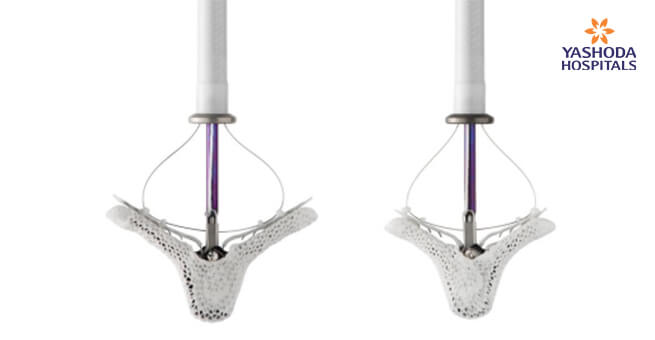
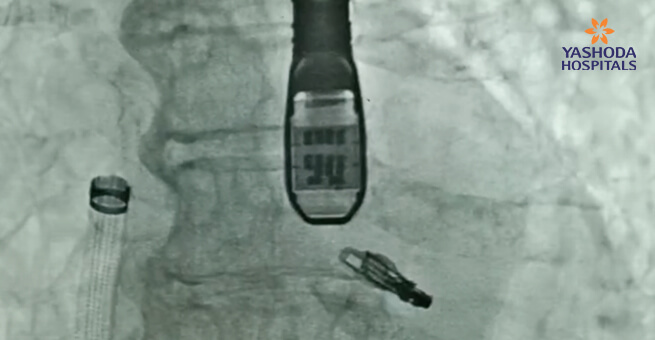

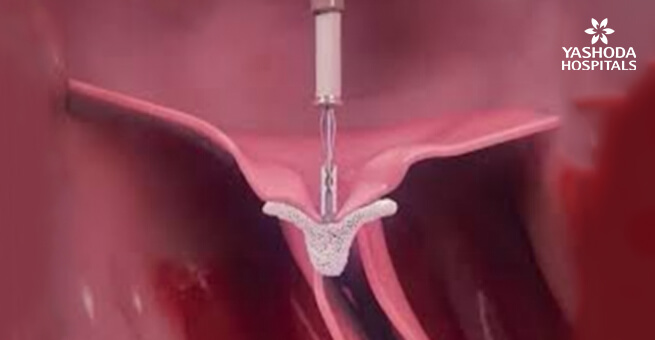

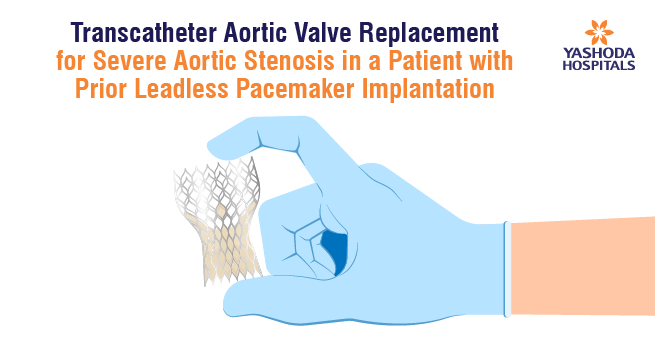
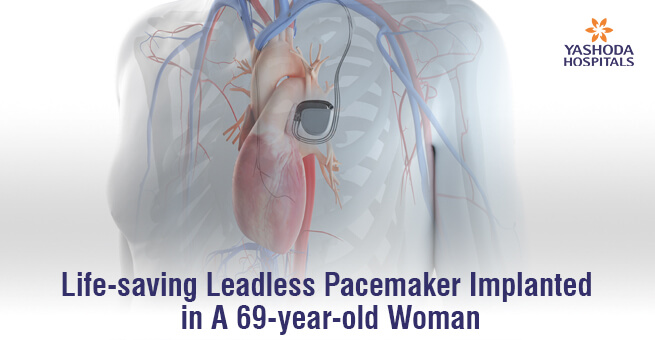
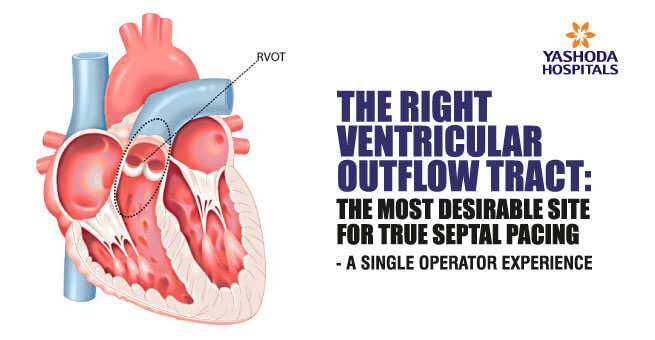
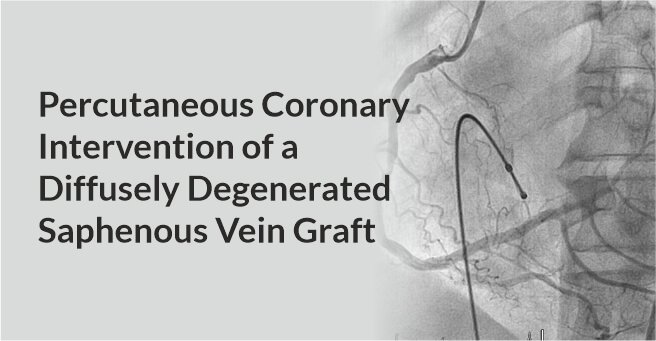
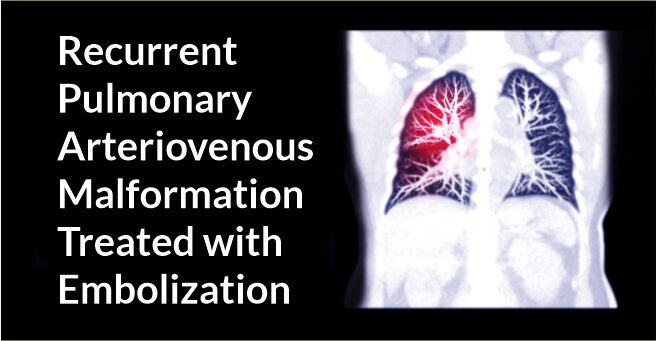
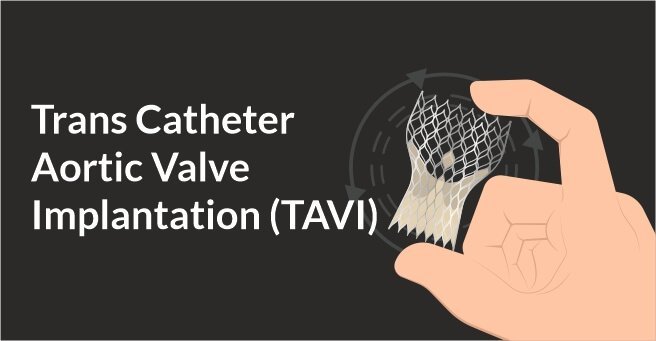
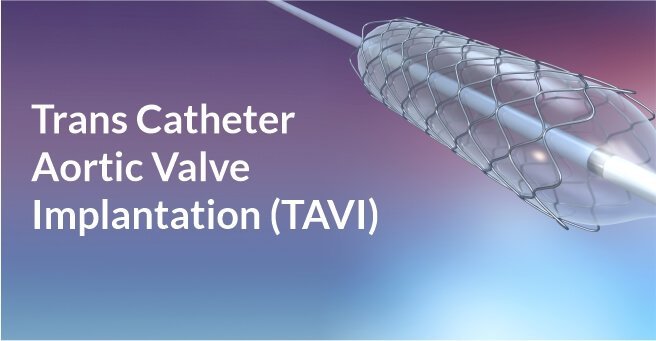
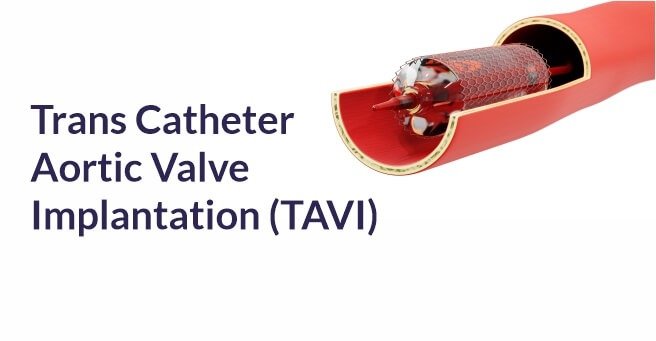
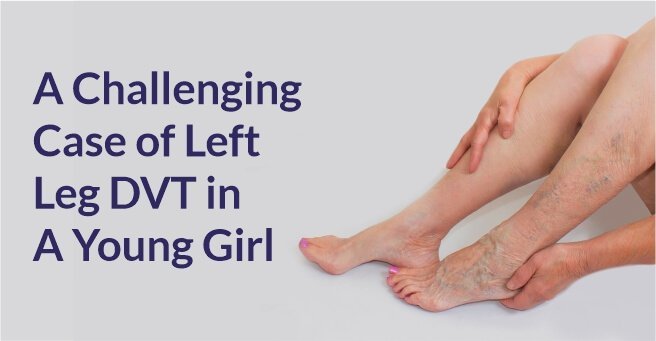

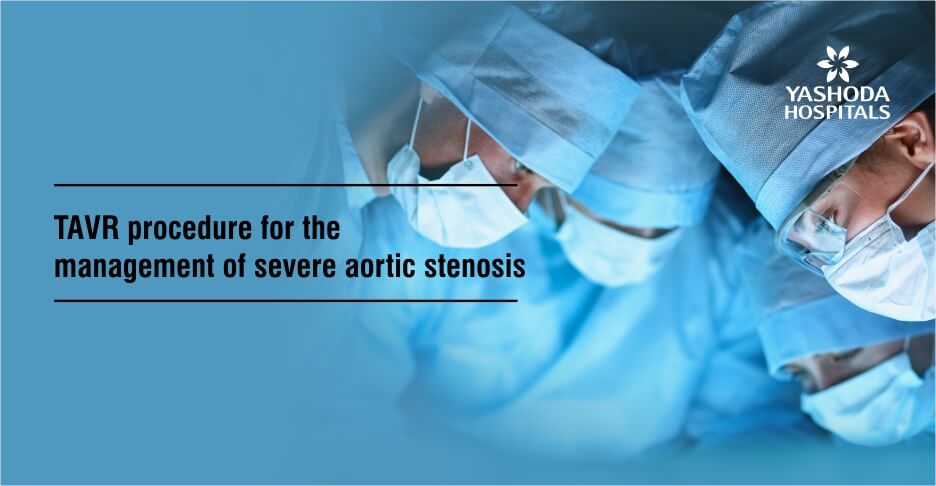
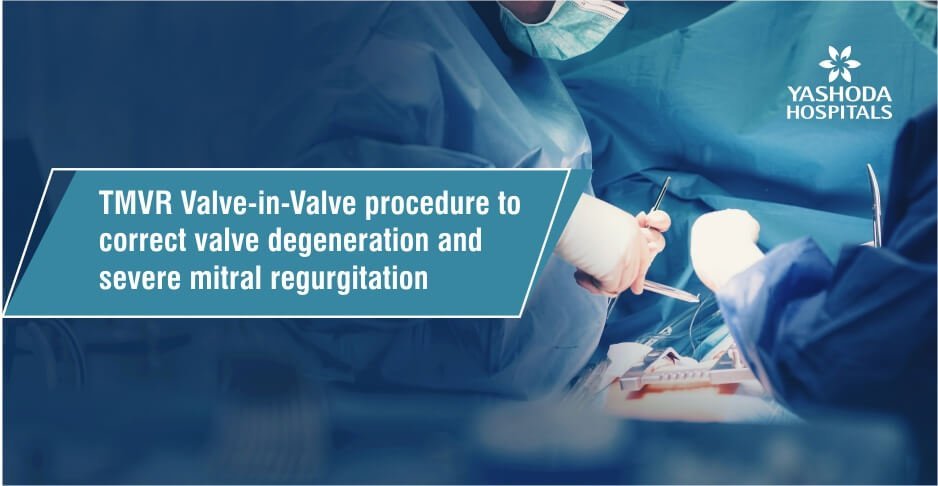
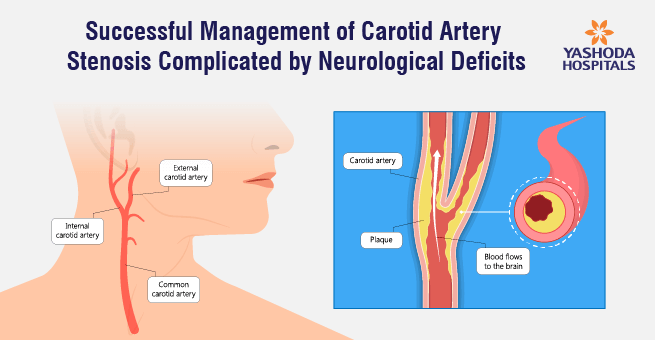

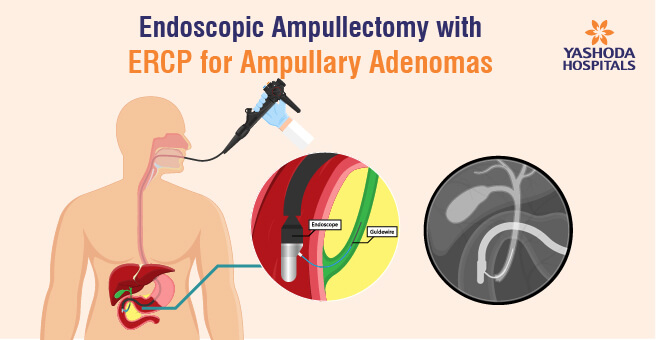
 Appointment
Appointment WhatsApp
WhatsApp Call
Call More
More

